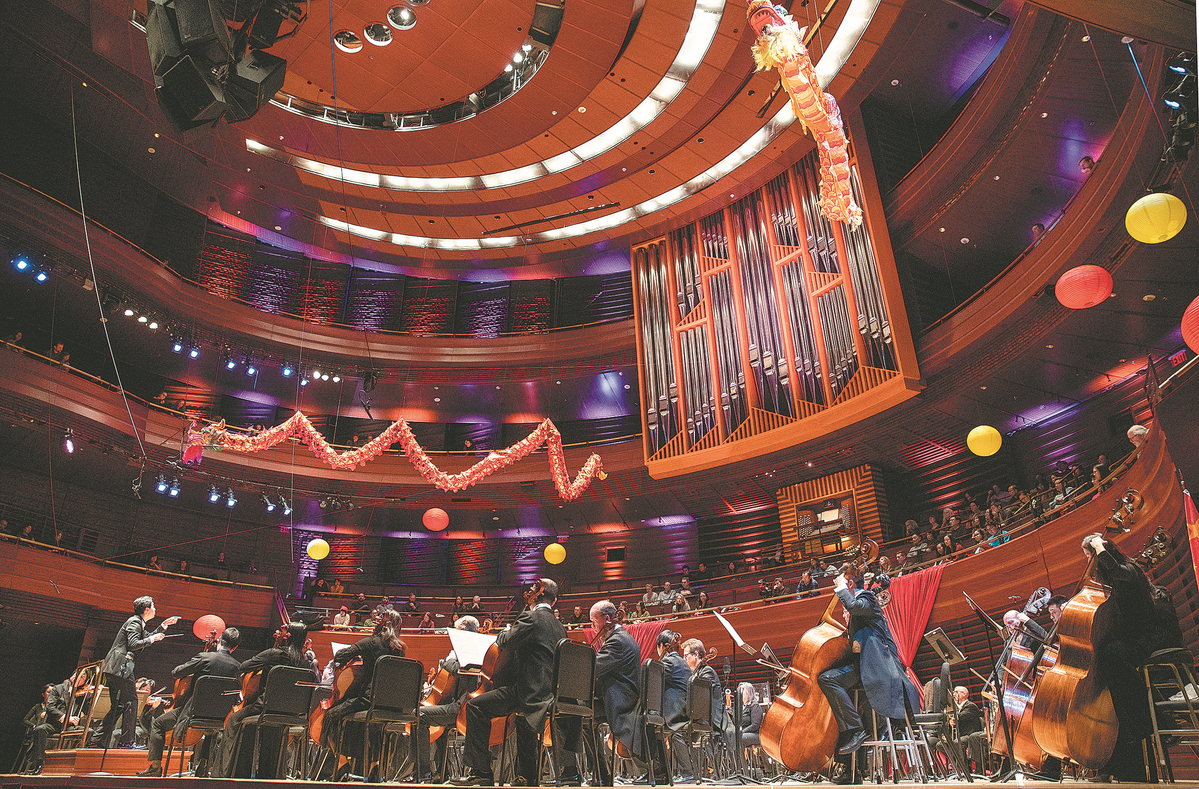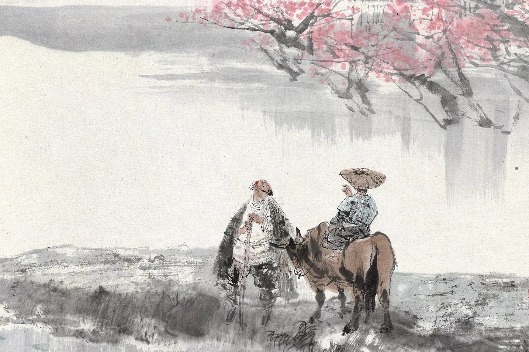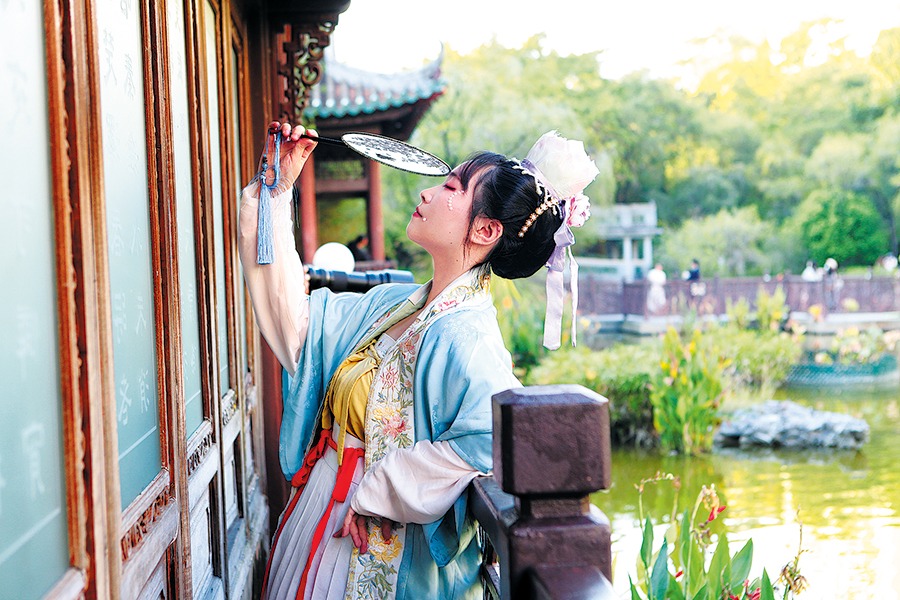Music helps forge connections


With 11 tours in 50 years, Philadelphia Orchestra plays key role in promoting cultural exchanges between US and China
Editor's note: As the Philadelphia Orchestra is visiting China to commemorate the 50th anniversary of its first tour of the country, China Daily reviews the musical journey that celebrates the enduring friendship between China and the United States. This is not just a story about music, it is a testament to the power of rhythm and melody in transcending geographical borders and language barriers, and shaping future symphonies of friendship.
As vast fields surrounding Beijing and Shanghai transformed into sprawling, towering skyscrapers, and vintage bicycles, waiting in line at traffic signals, gave way to motor vehicles, the essence of music communication remained unchanged amid these shifts.
"I'll never forget that I've never seen so many bicycles in my life," Philadelphia Orchestra violinist Davyd Booth said, recalling his first tour in China 50 years ago. "Everyone rode a bicycle. There were literally hundreds, thousands.
"When we went into Beijing, there were still a lot of fields around. We saw farmers on these wooden carts with wooden wheels. These carts were being pulled by, I think probably, water buffalo. It was amazing! It's really stepping back in my mind, the real history."
This month, 14 musicians from the Philadelphia Orchestra, including Booth, are returning to China, with performances scheduled in Beijing, Tianjin, Suzhou and Shanghai.
The tour marks the 50th anniversary of their first visit in the 1970s, celebrating the unique friendship between China and the United States.
Over the years, the orchestra has forged connections across China, with concerts and residencies that facilitate meaningful people-to-people interactions.
Booth said the 1973 tour was his first international trip with the orchestra, led by conductor Eugene Ormandy, who was a close friend of then-US president Richard Nixon.
"President Nixon had been to China the year before, so that was the beginning of our relationship with China. They wanted not only a musical bridge but also a cultural exchange. Nixon wanted to bring the Philadelphia Orchestra," he said.
Booth considered himself lucky to have been part of the tour. He had just auditioned and got accepted into the orchestra that year. His official start date was scheduled after the orchestra's return from China, but Booth received a call from the personnel manager informing him that someone had fallen ill. He then took the place and went to China.
"I was incredibly thrilled! Then, after I hung up, I realized I didn't even have a passport," Booth said. However, Booth recounted he got his passport and visa in just three days, thanks to the strong support from both countries. With his violin in tow, Booth joined the team on the 15-hour flight to China.
In addition to some regular compositions, the Philadelphia Orchestra also played the Yellow River Concerto, one of the most popular piano concertos in China even today, written by Chinese composers Yin Chengzong, Chu Wanghua, Sheng Lihong and Liu Zhuang. The Philadelphia Orchestra collaborated on this ensemble with a Chinese pianist, marking the earliest ties between the US and China in music.
After the concert, the team was hanging around on the streets, Booth said. It was a fun experience even though people did not know how to talk to locals because of language differences, he said, adding they were trying to interact with each other.
"You can communicate a lot by smiling, and it worked out very, very well," he added.
"People were very enthusiastic. They craned their necks to greet us, and we reciprocated. In our orchestra, there were two ladies with blonde hair, and some Chinese girls wanted to gently touch their hair. They were also more than willing, almost like being 'fashion icons'."
























